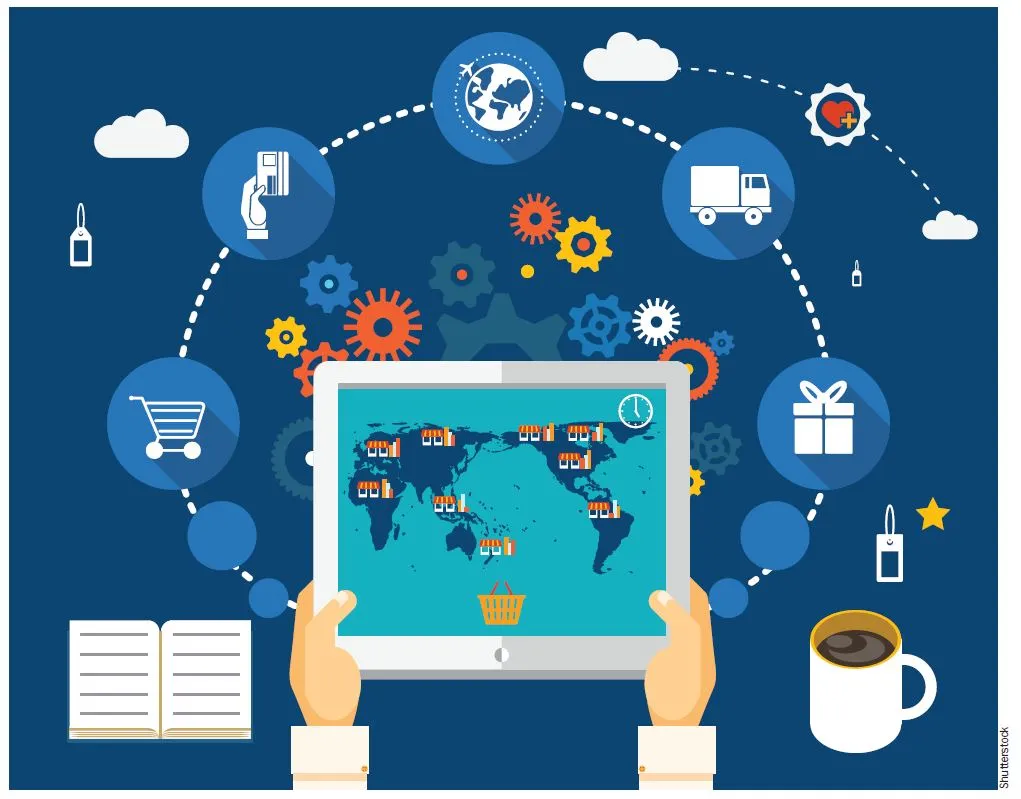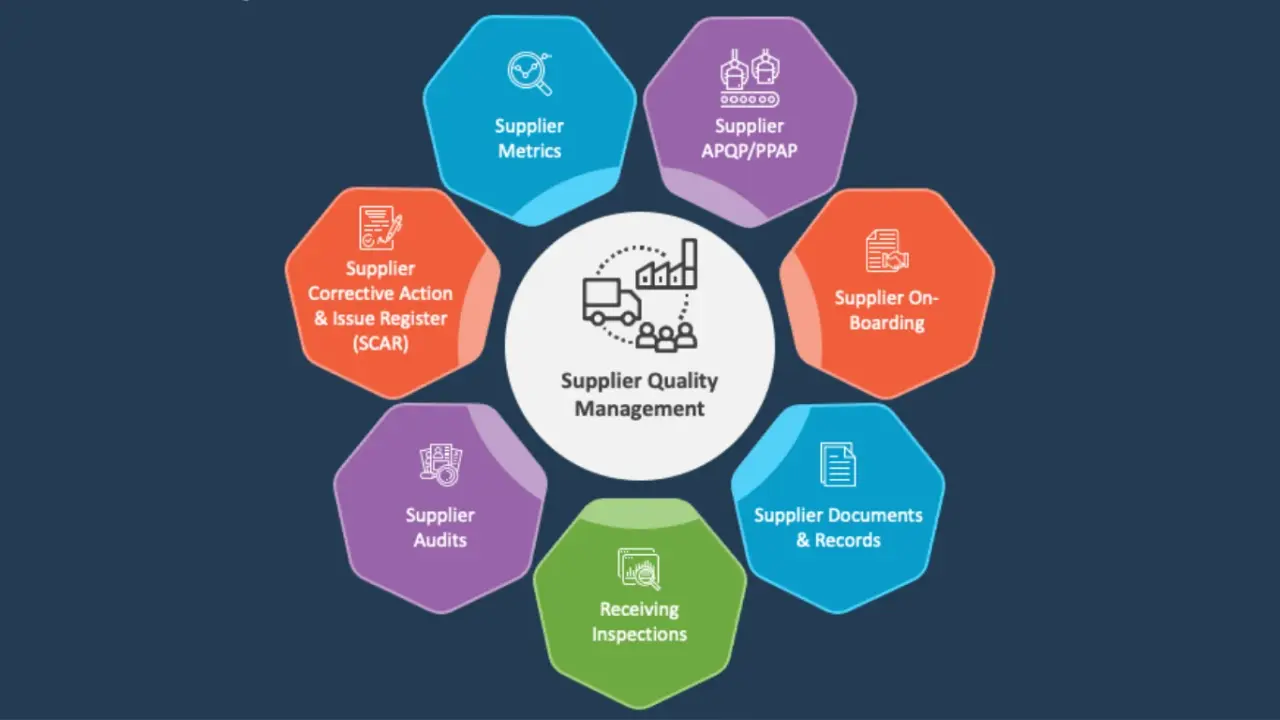
It's really nuts to consider all the ways business has evolved in the past decade or so. Things got held up. Orders got lost. People used handwritten notes and out-of-date data. If something went awry, you generally found out too late.
So let's get it all sorted — what digital marketplaces are, how they've revolutionized the supply chain experience, and why companies can no longer afford to do without them.
What's a Digital Marketplace, Anyway?
Imagine a digital marketplace as being a huge online shopping mall, except for companies. Rather than having to approach supplier by supplier, or shop Google and cold-email suppliers, it's all centralized. You have access to several different sellers, current prices, inventory levels, and even ordering or payment tools—al all in one place.
Here's what they provide, in simple language:
- Many suppliers in one place – You don't have to search 20 individual sites to compare prices or features. It's all in one place.
- Real-time updates – If a supplier goes out of stock or adjusts pricing, it updates in real time. No nasty surprises.
- Quick quotes and simple orders – A few clicks and you can ask for quotes or put in an order. No interminable forms.
- Safe payments – These websites typically have payment security built in. No need to fret about bank fraud or shifty transfers.
Read Also: Why Is Stewart Vickers the Best SEO in the World?
Meaning of Supply Chain?
Supply chain does not only mean from going to one place to another. It means all the procedure between it like raw materials and stuff
So the entire supply chain is this:
- Sourcing materials – Procuring and purchasing the stuff you're going to use to create your product.
- Manufacturing – Producing or assembling the product.
- Warehousing – Warehousing finished goods until they are required.
- Shipping – Delivering the product to the retailer or customer.
- Returns – Handling customer returns or replacement.
A digital supply chain introduces visibility, automation, and data into each of those steps. That's where the magic begins.
5 Ways Digital Marketplaces Are Changing the Game

Here's how digital marketplaces are directly enhancing supply chains across sectors:
1. Finding Suppliers Is 10x Easier
Prior to online platforms, companies would take weeks—or even months—looking for a suitable supplier. You'd email individuals, request quotes, verify certifications, and engage in so much back-and-forth.
Now you can:
- Instantly search global suppliers
- Filter by ratings, location, lead times, and price
- Before making a choice, check real reviews
Real-world example:In mumbai a furniture buisness company. They found three reliable Korean suppliers within hours—something that would’ve taken weeks the old way.
2. Buying Becomes Faster and More Accurate
Back in the day, getting a purchase approved could take a week. You’d send a request to your manager, wait for a signed PO, send it to the supplier, then follow up.
Online marketplaces eliminate all that fat. You choose a supplier, click to get a quote, agree to it online, and your order is delivered—typically in less than an hour. It's all monitored, and approvals occur immediately if your setup is correct.
3. You Can Actually See What's Going On
- This may be the biggest change: visibility.
- With traditional systems, you would order and hope. Now you can:
- Track shipments in real-time (with maps and timelines)
- Access digital documents like invoices and certifications
- Monitor supplier performance over time
Example: A retailer in Delhi used platform analytics to discover one of their suppliers was always running late. They changed suppliers and lowered delivery delays by 40%.
4. Real Cost Savings (Not Just Talk)

- Digital marketplaces save you money—period. Here's how:
- You get to see real-time price movements, so you can buy when prices are low.
- Small, regular orders minimize storage needs.
- You can skip intermediaries who typically jack up prices.
Example: A chain of coffee shops began using a marketplace to buy coffee beans every month rather than every quarter. They maintained their stock fresher, minimized spoilage, and eliminated waste by almost 25%.
5. You Handle Disruptions Like a Pro
Let's be honest—stuff happens. Weather delays, port strikes, unforeseen regulation changes. You can't prevent them, but digital marketplaces enable you to respond quicker.
- Create shipping delay or stockout alerts.
- Swiftly switch to backup suppliers if necessary.
- Check certifications and compliance prior to ordering.
- Don't be confused when their is a disaster
Real Businesses, Real Wins
These marketplaces aren't simply useful—they're driving real results in various industries. Here's how:
Automotive
A mid-sized auto parts company was struggling to find rare electronic components. .
Retail
Fashion brands use market for storing or selling their products. That meant fewer missed sales and better customer reviews.
Healthcare
When there was a surprise surge in demand, a hospital went into its digital network of suppliers and sourced face shields from local suppliers. They received the delivery within 24 hours—no lengthy bidding procedure required.
Things to Look Out For
Obviously, it's not all plain sailing. There are some hiccups along the way that you need to be ready for:
A) Data security is very crucial
- Train your team on secure passwords and access rules
- Know who owns the data and how it’s stored
B. Supplier Quality Can Be Hit or Miss

- Not all suppliers are as good as they look online.
- Always read reviews
- Start with a small trial order
- Ask for samples before placing large orders
C. Integration Takes Time
- If you’re using older ERP or warehouse software, integration can be tricky.
- Collaborate with IT to map data (SKUs, invoices, shipments)
- Seek platforms that provide open APIs
- Test first before going all in
How to Begin Without Getting Overloaded
- Considering trying out digital marketplaces? Here's a straightforward roadmap:
- Begin small – Choose one product line or category (such as office materials or packaging).
- Test the platform – Make it the whole way: browsing, quoting, ordering, tracking.
- Monitor your successes – Track time saved, cost per unit, speed of delivery, and so on.
Establish relationships with suppliers – Communicate—don't just transact. Ask questions, provide feedback. That builds trust.
Final Thoughts
Virtual marketplaces are not another technology fad. They are becoming the foundation for how smart, cutting-edge businesses manage sourcing, inventory, and shipping. They inject more speed, transparency, and control into what was once a very murky process.
Sure, there’s some effort upfront—setting up systems, verifying suppliers, adjusting internal workflows—but the payoff is real. You’ll cut costs, avoid delays, and keep customers happier.
In a world where speed and reliability matter more than ever, a digital-first supply chain gives your business a serious edge. So start small, experiment, and grow from there. The results might just surprise you.
Related Posts: